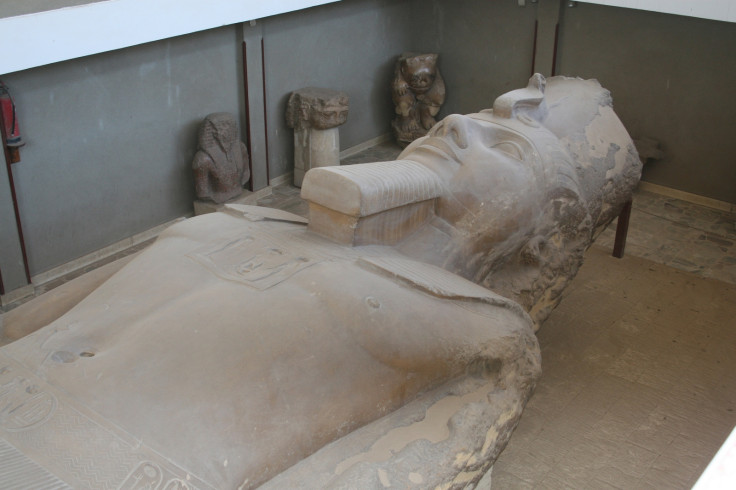White walls of Egypt's most ancient city Memphis unearthed by archaeologists

The white walls that once surrounded Egypt's most ancient cities have been unearthed by archaeologists working at Kom Tuman.
Fragments of the limestone enclosure wall that surrounded the capital city of Memphis were found by a team of Russian researchers, Antiquities Minister Mamdouh al-Damaty announced in a statement.
"Several white limestone fragments of the ancient capital's wall were discovered during excavation work," he said.
Director of the Russian archaeological team Galina A. Belova said: "A number of pottery-making ovens and bronze tools were also found. The excavations will continue and we will be working to unearth the rest of the wall, as well as any archaeological elements, which could help us to know more about this early period of Egyptian history."
Memphis was founded around 5,200 years ago by the first Dynasty Pharaoh Menes – who is believed to have united Upper and Lower Egypt into one single kingdom. He became something of a mythical figure, with ancient texts saying he inherited the throne directly from the god Horus.
He is thought to have reigned for 62 years and was eventually killed by a hippopotamus.
Memphis was located at the mouth of the Nile Delta and held the royal palaces of the Pharaohs.
Kamal Wahid, director of the administration of Giza antiquities told The Cairo Post: "Unlike royal tombs, pyramids, mortuary and cult-related temples and any other buildings related to the afterlife, ancient Egyptian royal palaces, administrative offices, houses and other life-related buildings were often made of mud brick."
Belova told RT that excavations of the walls will last for an indeterminate length of time: "Conceptually, this archaeological site is inexhaustible. If only we had...better financing, we would made the excavation site much larger, but unfortunately, underfinancing narrows our research a great deal."
© Copyright IBTimes 2025. All rights reserved.






















